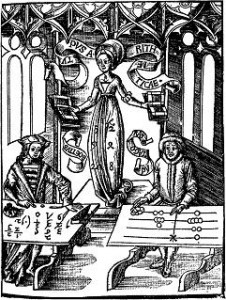Biophysics: Long DNA terminal repeats have wrapping function, researcher finds
In “Kinky genes: Biophysics of DNA affects how it works” (New Scientist, 08 July 2011), MacGregor Campbell reports DNA is typically a long double-helical strand that can expose its sequences of base pairs. These are translated by RNA and particles called ribosomes into proteins, which do the cell’s work. When not in use, DNA wraps around structural proteins called histones to form compact chromosomes. This wrapping is poorly understood, but one thing we do know is that it plays a key role in gene expression. Histones have up to 1000 times greater attraction for some DNA subsequences than others, but why this should be was a mystery.



